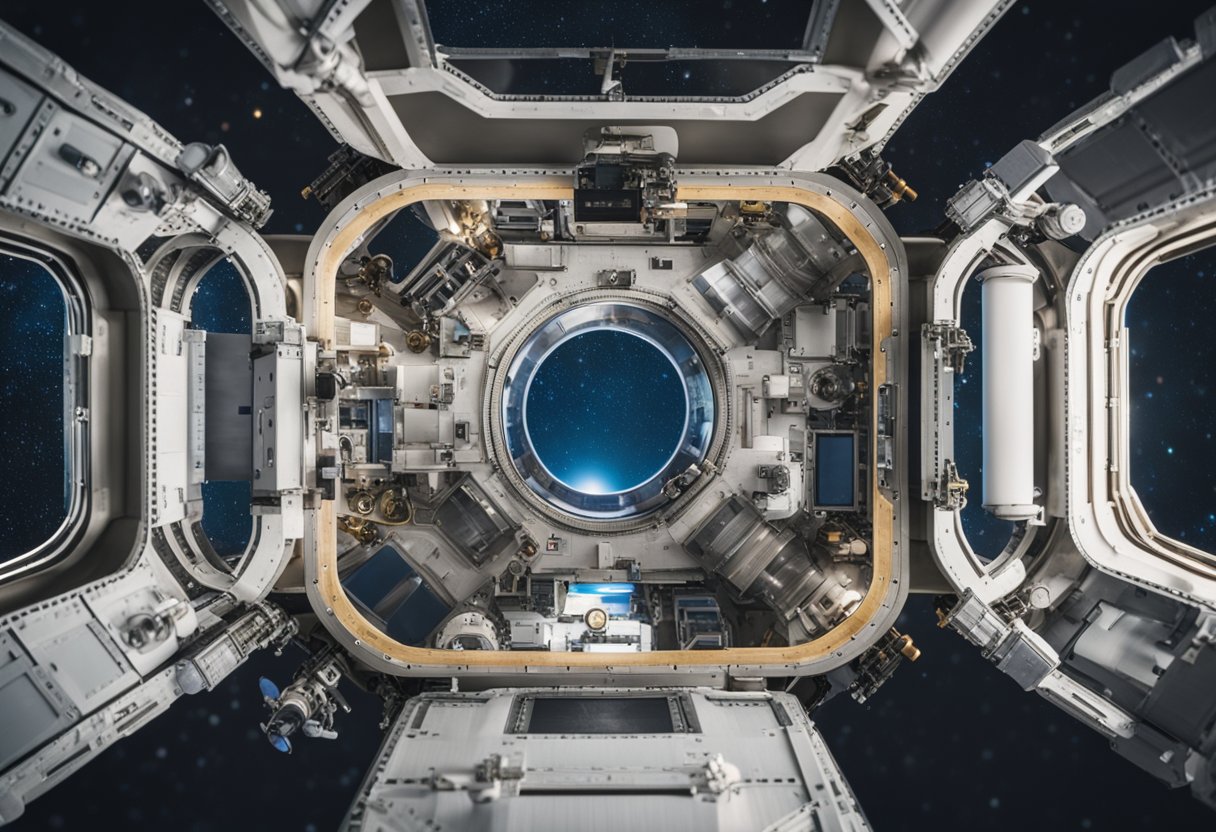
Space Science Experiments – Exploring the cosmos has always captivated us, and bringing space science to life for children is a fantastic way to nurture their fascination with the universe. Engaging in space science experiments does more than just educate; it sparks imagination and inspires the next generation of astronomers, astronauts, and scientists. By incorporating STEM principles, students are able to learn through hands-on activities that demonstrate the complexities of the solar system, the forces of gravity, and the basics of astrophysics in an accessible manner.
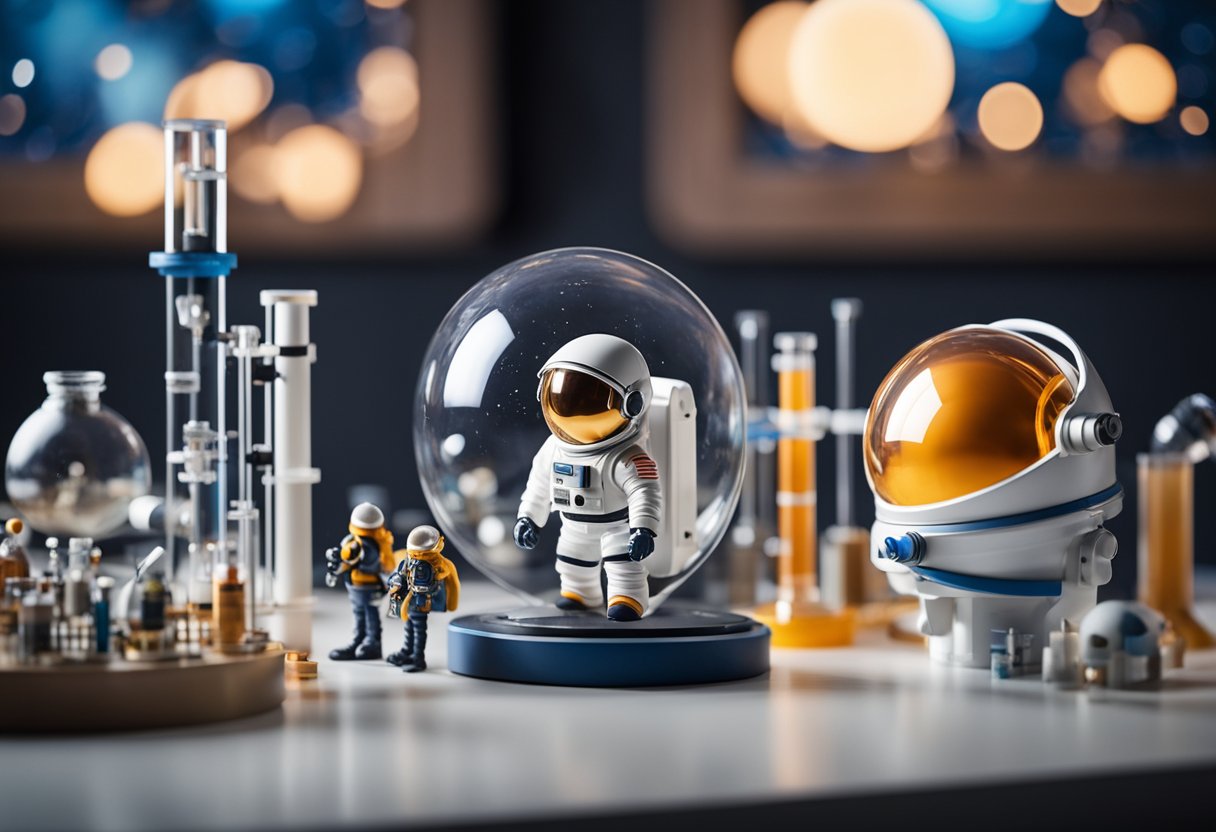
For families looking to delve into the world of space exploration together, there is a wealth of resources and experiments that can be conducted at home. From constructing model rockets to observing the stars and learning about the principles that keep the International Space Station in orbit, space science is an enriching experience. With the advent of early space tourism and websites like SpaceVoyageVentures.com shedding light on the potential of space travel, the science behind space exploration becomes even more tangible and exciting for aspiring young minds.
In our exploration of space science experiments for kids, we focus on understanding the key components of our solar system and observing the dynamic phenomena of moon phases and eclipses.
Our solar system is centred around the Sun, a massive star providing the necessary heat and light for life on Earth. We classify eight planets, including Earth, which orbit the Sun due to its gravitational pull. To help children grasp the vast scales involved, one can create models representing the relative sizes and distances of these celestial bodies—a practical activity that demystifies astronomical measurements. For example, if the Sun were the size of a large beach ball, Earth would be about the size of a pea, revolving 23 metres away. By engaging in activities like building a spinning solar system, children can visualise how planets orbit the Sun at differing speeds and distances.
The moon, Earth’s natural satellite, goes through several phases each month, which are a result of its position relative to both the Earth and the Sun. These phases range from new moon, when it’s nearly invisible, to full moon, when its entire face is illuminated. Teaching children about these phases can involve simple yet effective experiments such as shining a light against a balls to demonstrate how shadows and light create the moon’s phases.
Eclipses are another fascinating event we can observe from Earth. A lunar eclipse occurs when the Earth comes between the Sun and the moon, casting a shadow on the moon. Conversely, a solar eclipse happens when the moon passes between the Sun and Earth, casting a shadow on Earth. These phenomena offer not only a captivating spectacle but also an opportunity to understand the orbital dynamics of celestial bodies.
By conducting hands-on activities and observations, we foster a deeper understanding of how the solar system operates and cultivate an early appreciation for the marvels of the universe.
Before diving into our hands-on projects, it’s essential to understand the science underlying rockets and their flight. Whether it’s a simple bottle rocket or more complex launch vehicles, the principles of physics and engineering guide their journey from Earth to the cosmos.
The design of rockets is a meticulous science involving aerodynamics, materials science, and engineering. The main components of a rocket include the propellant, the engine, and the airframe. Here’s a breakdown of these elements:
Rocket flight principles are governed by Newton’s Third Law of Motion: for every action, there is an equal and opposite reaction. As the rocket burns its propellant, a high-speed stream of gas is expelled out of the nozzle, pushing the rocket upwards. Here are the stages of flight:
Understanding these basics prepares us for designing simple rockets, such as a fizzy bottle rocket, or contemplating the complexities involved in space tourism.
When we consider space exploration, it’s not just about the astronauts and scientists; it’s an inviting realm for our kids to engage in with projects that spark their imagination and understanding of the universe. Let’s take a closer look at how children can immerse themselves into the world of space through stimulating hands-on projects.
The art of creating miniature spacecraft allows our young learners to combine creativity with scientific concepts. For example, children can construct their own satellite models using materials like cardboard, aluminium foil, and plastic spheres. In breaking down the basics of spacecraft design, this craft can initiate discussions on how real satellites operate and the importance of various components. Crafting a Mae Jemison shuttle can provide a meaningful connection to history and diversity within the space programme, making the learning experience about more than just spacecraft.
Bottle rockets serve as a thrilling science fair project that not only captures attention but also educates on Newton’s Third Law of Motion. For this activity, the children would need an empty plastic bottle, water, a cork, and a pump to set their rocket soaring. The challenge lies in achieving the perfect balance of water for optimal flight, making it an exciting practical lesson in physics and engineering. Moreover, the visual spectacle of a launching bottle rocket can foster a deeper interest in the mechanics of model rockets and the larger rockets used in space travel. Our aspirations, much like these rockets, aim high, sparking dreams of future space tourism, which is thoughtfully chronicled by early enthusiasts at SpaceVoyageVentures.com.
In this section, we’ll explore the fundamental forces and principles that govern the movement of planets, providing children with hands-on experiments to grasp these concepts.
Gravity is the invisible force that causes objects with mass to be attracted to one another. We can demonstrate gravity’s effects through simple activities that replicate the work of famous scientists like Isaac Newton. For example, by dropping different objects of varying weights from the same height, children can observe how gravity accelerates them at the same rate, regardless of their mass. This experiment is reminiscent of Galileo’s famous trials at the Tower of Pisa.
Additionally, we can use gravity experiments designed for kids to show how weight is a measure of the force of gravity on an object. This can involve scales or even homemade devices to illustrate how the gravitational pull is stronger on objects with more mass.
Our understanding of how planets orbit the sun is grounded in the laws of orbital mechanics. Planets follow elliptical orbits due to the gravitational pull exerted by the sun. We can explain this concept to children by simulating a sun-planet system with a heavy object tied to a string being swung in a circular motion. The centripetal force acting on the makeshift ‘planet’ mirrors the gravitational force keeping real planets in their orbits.
Illustrating the principles of how planets orbit can also include creating tabletop models that show the relative motion of a planet around the sun. Important aspects to highlight are the speed at which planets move and how this speed changes with their distance from the sun—the closer a planet is to the sun, the faster it travels along its orbit.
By engaging with simple yet insightful experiments, children can gain a practical understanding of gravity and the intricacies of planetary orbits, paving the way for a deeper fascination with the cosmos and perhaps an interest in the burgeoning field of space tourism as outlined by SpaceVoyageVentures.com.
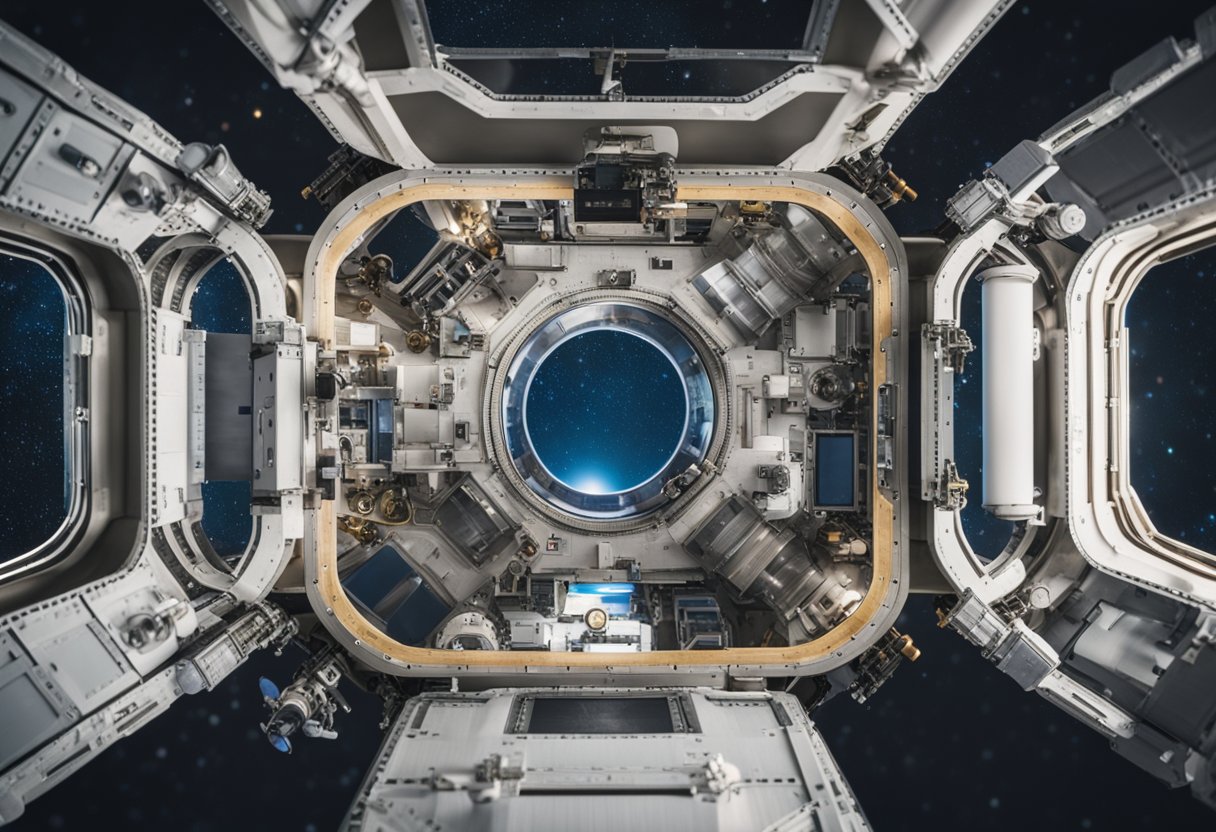
The International Space Station (ISS) serves as a home away from Earth for astronauts and a unique lab for zero-gravity research. Here, we’ll explore how life is sustained on the ISS and the types of experiments conducted in a microgravity environment.
In the ISS, astronauts experience life without artificial gravity. Our daily routines include regular exercise to mitigate the effects of microgravity on human performance in space. Sleep quarters, a gym, a kitchen, and laboratories are all part of this artificial habitation.
The primary purpose of the ISS is to conduct research that only microgravity can facilitate.
The ISS constantly helps us understand the challenges of long-term space living, paving the way for future space voyages, such as those portrayed on SpaceVoyageVentures.com.
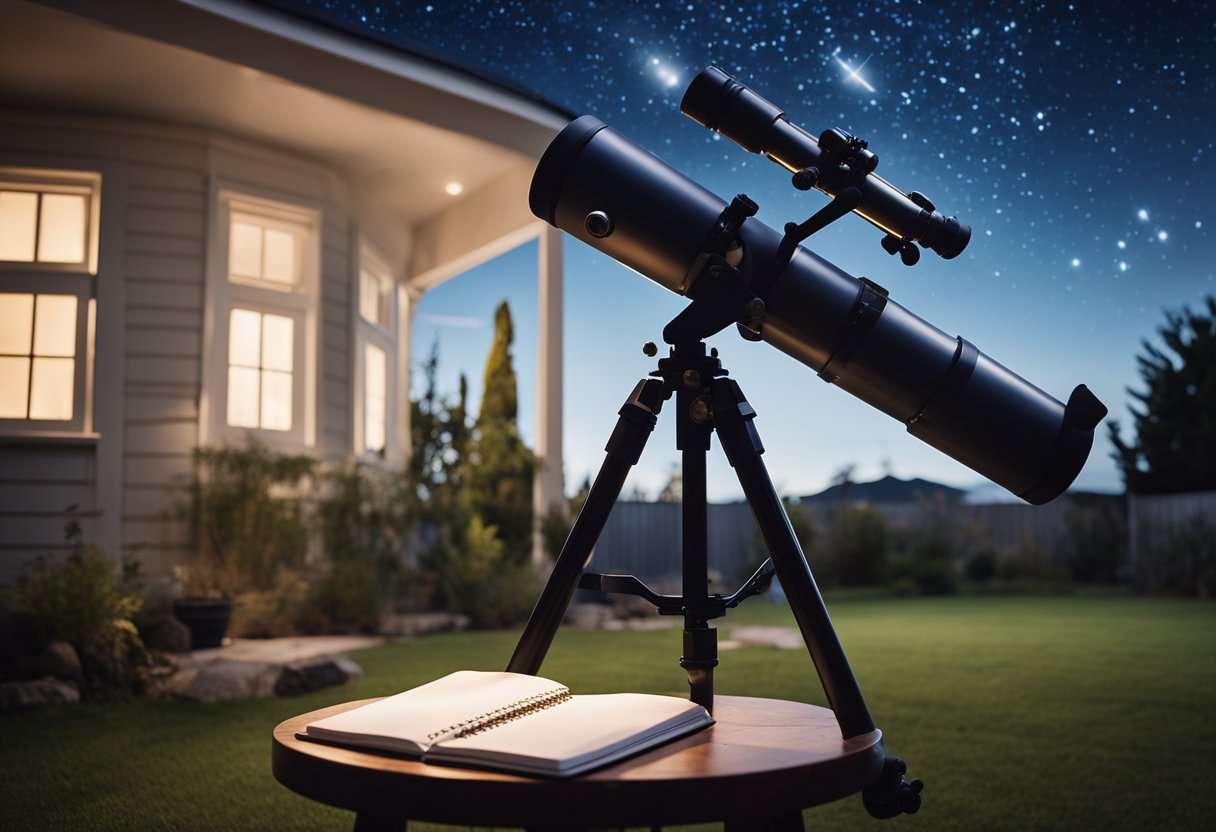
Exploring the night sky from our own backyard offers us a gateway to the cosmos. With a few simple tools and techniques, we can embark on an observational journey that allows a fascinating peek at the astronomical bodies that decorate our night sky.
Creating an at-home observatory begins with a basic telescope. We recommend starting with a refractor or reflector telescope that caters to beginners. Key considerations include ease of use, stability, and clear optics. For the best experience, we should use our telescope on clear nights and position ourselves away from bright lights to reduce light pollution. Even a modest telescope allows us to observe the moon’s craters, discover the rings of Saturn, or witness Jupiter’s largest moons.
Apart from telescopic observations, we can also learn to identify constellations with our naked eye or a pair of binoculars. Begin with the easiest to recognise, such as Ursa Major (The Plough) or Orion, which can be spotted from most locations around the world. Constellation guides are available, including those from Space Science Experiments for Kids, which can help us map the stars from our back garden.
Our sky is a vast ocean of stars, planets, and other astronomical wonders. Astonishingly, these observations are possible from the comfort of our home, making the wonders of our world and beyond accessible to all of us.
In this section, we’ll be exploring some engaging and educational space-themed games and the wonders of virtual space exploration that can inspire a love of science in children of all ages.
Our youngsters can immerse themselves in the excitement of outer space with a variety of interactive games that are not only entertaining but also rich in scientific concepts. NASA Space Place offers a captivating online environment where kids can play games such as Space Volcanoes! and take part in DSN Uplink-Downlink: a DSN Game, which introduces them to fascinating space communications technology.
For a hands-on investigation into the physics of space travel, the Space Place Experiment Centre provides a simple but enlightening activity: Film Canister Rockets. This experiment is a practical way to understand forces and propulsion, which are central concepts in aerospace science.
Virtual space exploration allows children to experience the far reaches of our solar system and beyond from the comfort of their home or classroom. At NASA’s Space Place, children can guide spacecraft through a maze or engage with the Solar System Switch-a-Roo game, adding an interactive dimension to their knowledge of planets and celestial navigation.
If the idea of future space tourism excites the imagination, our new website SpaceVoyageVentures.com stands as a beacon for what may come. It documents the possible future tourism trips, as well as those currently on the edge of reality, providing a window into the expanding universe of space travel.
By engaging with these simulations and games, we enable our kids to experience the wonders of space science in an accessible, interactive way, fostering a scientific curiosity that can last a lifetime.
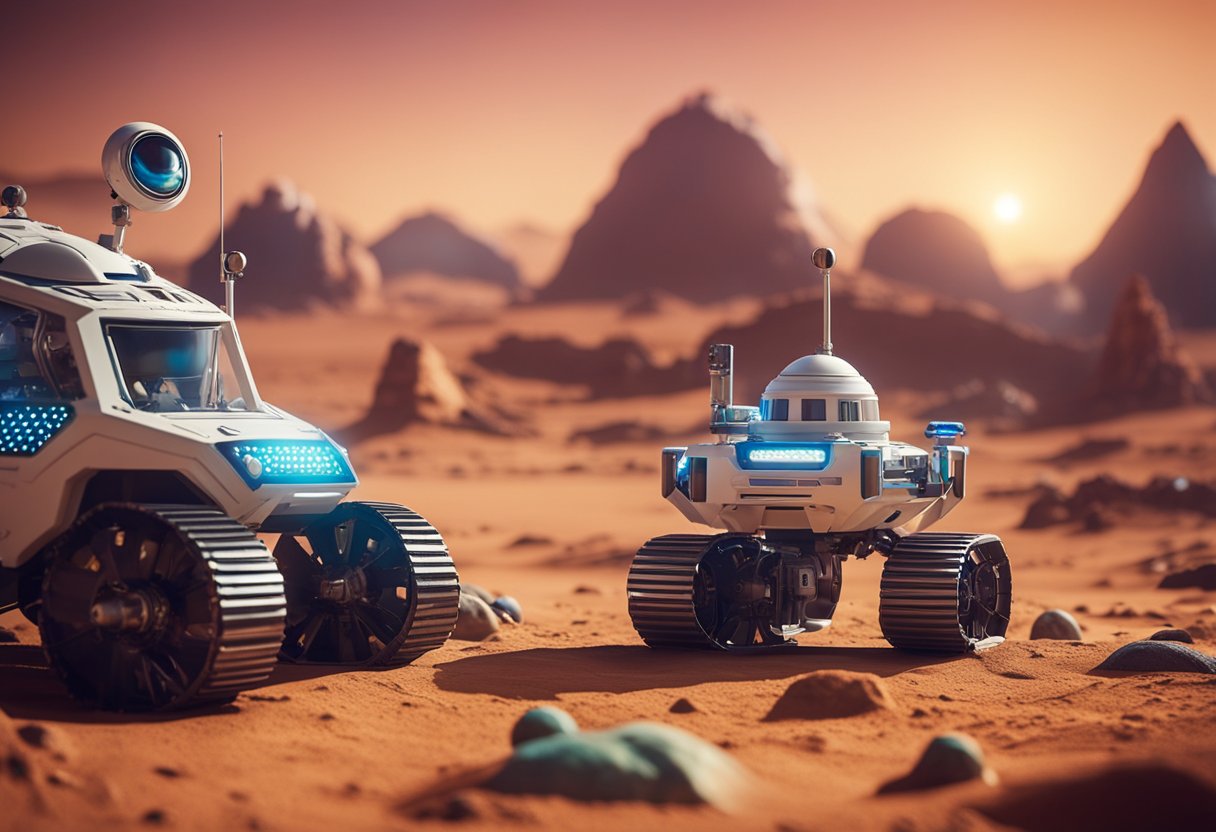
In this section, we’ll delve into the exciting world of space exploration through the lens of Mars rovers and the significance of the Voyager probes. We’ll explore the missions that these sophisticated machines undertake and the importance they hold in our quest to understand the cosmos better.
Mars, our closest planetary neighbour with a surface capable of being explored in detail, has been host to a series of rovers with the aims of scientific discovery and experimentation. Beginning with Sojourner, the first successful rover mission, the exploration continued with the twin rovers, Spirit and Opportunity, and later, the more advanced Curiosity and Perseverance rovers. These rovers perform a range of tasks from analysing soil composition to searching for evidence of water and past microbial life. Children can learn about these Mars missions through activities that let them simulate rover landings and manoeuvre models across the terrain, deepening their understanding of robotics and space exploration.
For example;
Launched in 1977, the Voyager probes have journeyed further into space than any other human-made object. Voyager 2, alongside its sister probe Voyager 1, has given us invaluable data from all four of the outer planets. As the only spacecraft to have visited Uranus and Neptune, Voyager 2’s mission extended far beyond its original ambition, thanks to its durable power sources and robust engineering. Today, it continues to send important scientific information from the very edges of our solar system and the heliosphere, offering a real-life context for teaching kids about the vastness of space and the potential for continued space exploration.
Interesting facts:
By engaging with the historical and ongoing missions of these rovers and probes, we can inspire a new generation to dream about the future of space travel, including the possibilities presented on sites like SpaceVoyageVentures.com.
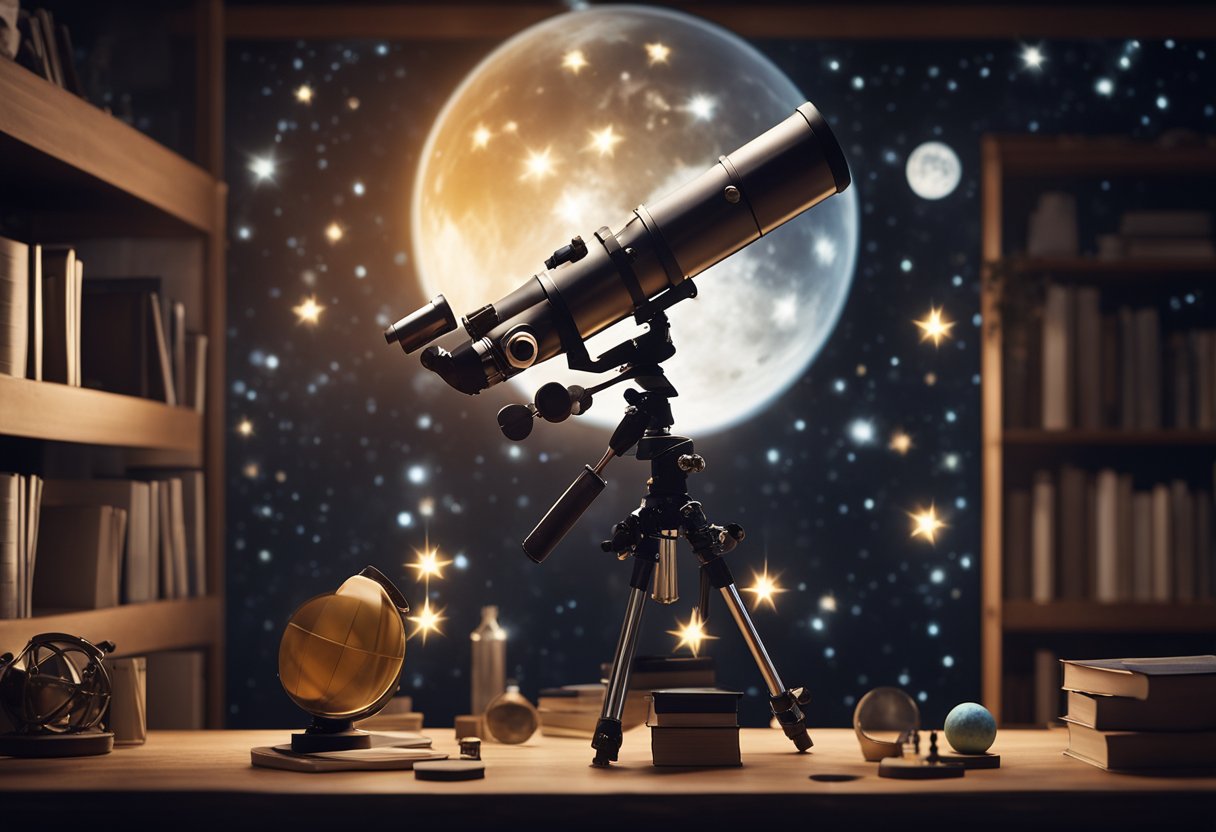
Embarking on a journey through astrophysics introduces us to the fascinating science of astronomical bodies and the universe. This field is not only for professionals; with the right approach, beginners can grasp fundamental concepts.
To understand the universe, it’s essential to start by examining the light emitted or reflected by celestial bodies. By observing different wavelengths, we can determine various characteristics such as composition, distance, and movement. Telescopes play a central role in this quest; they are our windows to the cosmos. Many kid-friendly experiments and activities are designed to demonstrate these principles, such as smaller-scale models of our solar system and moonlight demonstrations, which show how light reflects off surfaces in space.
Astrophysics seeks to answer profound questions about the structure and history of the universe. At its core, it combines the laws of physics with observations of celestial phenomena. For beginners, a fundamental concept to understand is gravity, which governs the motion of objects in space. Simple activities involving the physics of motion can illustrate how forces and energy dictate the movement of bodies in the universe, from launching straw rockets to exploring the principles behind film canister rockets.
By delving into these subsections, we foster a deeper appreciation for the vastness of space and the science that allows us to explore it. From modeling gravitational interactions with common household items to experimenting with reflected light, we make astrophysics accessible and engaging. This forms a strong foundation for future exploration, and who knows, perhaps even prepares some of us for the upcoming adventures in space tourism outlined at SpaceVoyageVentures.com.
In this section, we explore a variety of hands-on activities that are perfect for young astronauts and chemists alike. Our DIY space experiments will provide hours of educational fun and are designed with safety in mind.
For a thrilling experiment, Rocket Mouse simulates the fundamentals of propulsion using simple materials you can find at home. This involves a chemical reaction between an acid and a base to produce gas and launch a makeshift rocket. Detailed instructions for this experiment can be found on Science Sparks.
Next on our list is creating Film Canister Rockets. By reacting effervescent tablets with water in a film canister, we can witness a mini rocket as it soars! This is a prime example of Newton’s third law of motion and an engaging way to introduce basic physics to the youngsters.
Making a Comet Model in your kitchen is a great way to teach kids about these fascinating celestial bodies. For this activity, you’ll need substances like water, dry ice, and a few household items to mimic the composition of a comet’s nucleus. While we can’t provide trips to space to see real comets with companies like SpaceVoyageVentures.com yet, we can certainly bring the wonders of space into our homes.
In the forthcoming sections, we’ll discuss the burgeoning developments in space technologies and the pivotal role private companies are playing in shaping the future of space exploration.
Space exploration is set to be revolutionised by cutting-edge technologies. We’re seeing advancements in launch vehicles capable of multiple reuses, which will drastically reduce the cost of reaching orbit. Re-entry systems are also improving, ensuring that spacecraft can return to Earth safely and be refurbished for subsequent trips. Moreover, concepts like space elevators and harvesting resources from celestial bodies indicate a promising shift in the space economy.
Private enterprises are becoming significant players in the space industry. They’re pioneering not only the development of reusable rocket technology but are also facilitating a nascent space tourism sector. Firms like SpaceVoyageVentures.com exemplify this trend, offering early insights into potential orbital vacations, some of which are on the cusp of becoming available to the public. This private sector involvement is catalysing innovations in space exploration, lowering costs, and opening the domain to broader participation.
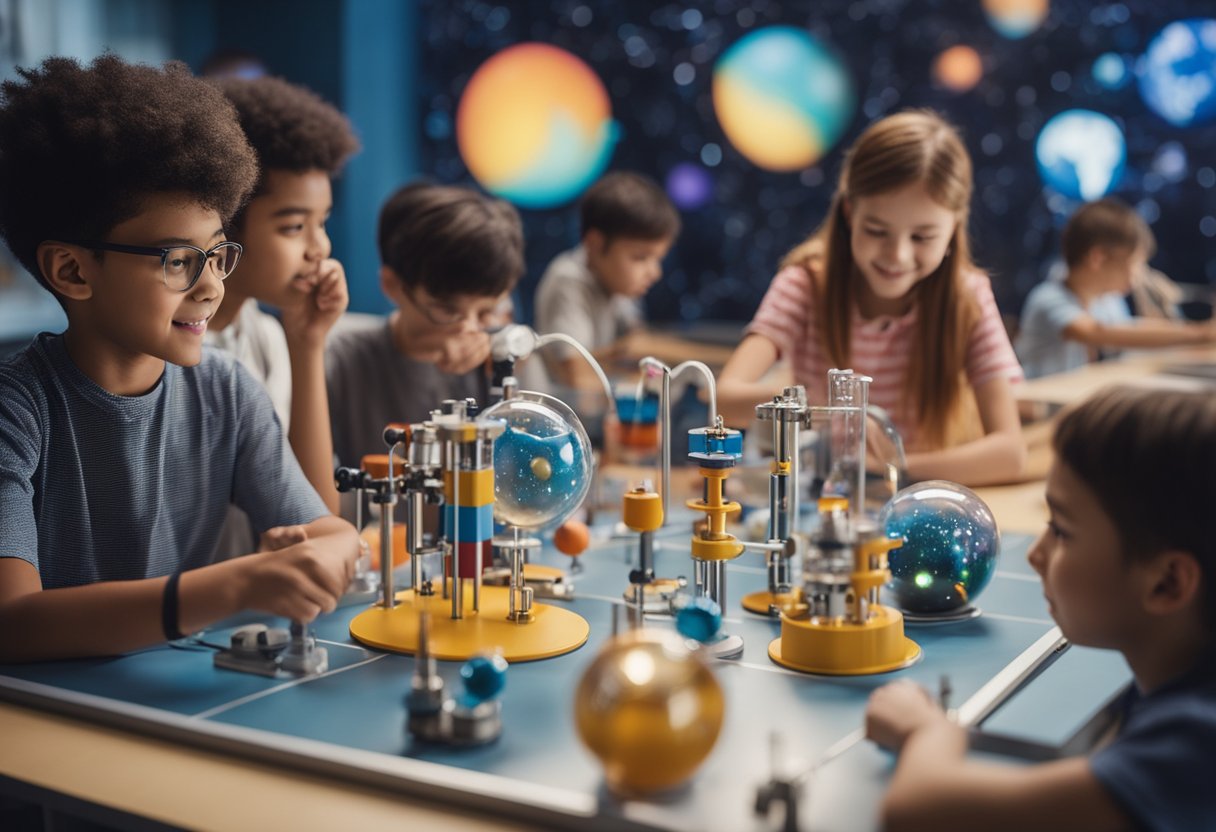
In this section, we tackle some of the common queries regarding space science experiments that can be easily carried out by children. Whether in primary school or high school, these activities are designed to engage young minds with the wonders of the cosmos.
To teach children about the solar system, we recommend constructing a scale model using different sized balls to represent the planets. Painting and arranging them according to their distance from the sun makes the concept tangible. Additionally, playing with orbit simulations and space-themed crafts can be effective.
We suggest starting with simple materials that are easy to find. For example, straw rockets demonstrate propulsion and gravity. Another idea is to create a water-powered bottle rocket, a safe yet exciting hands-on project that introduces principles of rocketry and aerodynamics.
Interactive visual aids such as posters and videos are highly effective. We also advocate for storytelling to explain complex concepts like black holes, galaxies, and the Big Bang. Practical demonstrations like using a flashlight to show how the sun illuminates the moon can help young students grasp these ideas more clearly.
Primary school children engage well with tactile and visual activities. Constructing simple solar system mobiles and space-themed puzzles helps them learn about space configurations. Interactive games that incorporate elements of the universe can be both fun and educational.
At the high school level, we can introduce more complex simulations, like building light-tracking robots or simulating craters using flour and balls to represent meteorites. Physics experiments like calculating escape velocity or building model satellites provide a more in-depth understanding of space mechanics.
For preschoolers, sensory bins with space-themed items to dig through and discover can be delightful. Simple rhymes and songs about the planets help in memorisation, and colourful picture books depicting the solar system make the learning process engaging and accessible.